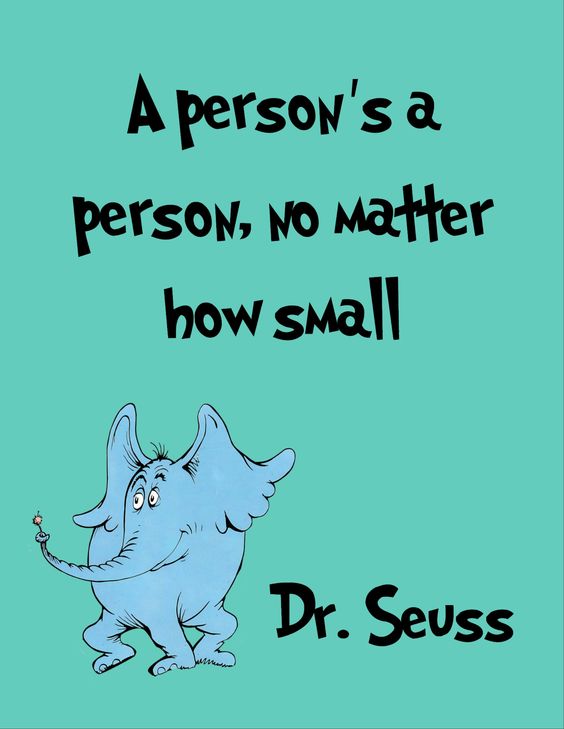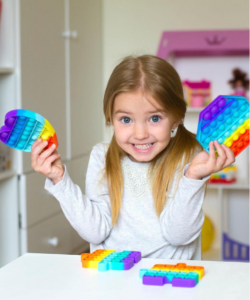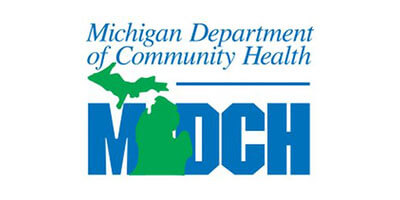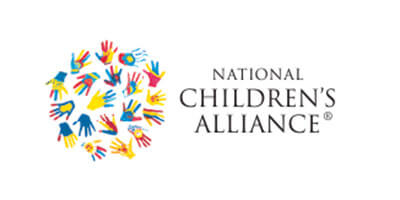15 Tips To Keeping Kids Safe

Children have the right to be safe and it’s one of our goals at the cac to spread awareness to protect children from harm. Below are some tips for making sure your child is being protected and safe in all environments!
Safety from PHYSICAL HARM
Tip 1: Make sure your home is child proof! Are dangerous objects out of reach? Are small items like paper clips, rubber bands, pop tops from cans, tooth picks, safety pins, picked up off the floor and out of reach of children?
Safety in CARS
Tip 2: Always use a car safety car seat and always use car safety seats for children until they get big enough to sit in the back seat strapped in. Make sure to start with your baby’s first ride home from the hospital!
Tip 3: The safest place for children to ride is in the back seat. Never place a child in a rear facing car seat in the front seat; the air bags can injure your child.
Tip 4: Set a good example and wear your seat belt. Remember, children are always watching you and learn by example!
Tip 5: Never leave your child unattended in a car with the windows rolled up and the car running or parked.
Safety with BABY SITTERS:
Tip 6: Know who you are leaving your child with BEFORE you leave your child with anyone and never leave your child with someone if you do not feel 100% comfortable with that person. Also, make sure there are emergency back-ups for your babysitters such as names and phone numbers of relatives/neighbors that you trust.
Safety with BOYFRIENDS/GIRLFRIENDS:
Tip 8: Parents’ boyfriends and/or girlfriends can be a safe and convenient source of care for your child, but it can also be a potential risk of danger if you don’t know how he/she interacts with children. Before leaving your child with your boyfriend or girlfriend, observe how he/she handles your child. How do they respond to your crying child? Do you feel comfortable with how they speak and/or interact with them? Has your child made any indication they are uncomfortable being left alone with your significant other?
Tip 9: Do not leave your child with anyone who has a drug and/or alcohol problem. Children need caring, stable, and reliable people as caregivers.
Safety in PRESCHOOL and SCHOOL SETTINGS:
Tip 10: Children spend a lot of time at school and you can’t always be around them during this time, so you want to be sure to meet their teachers, be present for activities, drop in unexpectedly, pay attention to bullies and to people hanging around school and/or parking lots.
Safety with PEER GROUPS:
Tip 11: Talk to your child about the safety of traveling in pairs and the appropriate use of cell phones to be able to get a hold of you– but be intentional about monitoring your child’s cell phone and social media usage.
Tip 12: Take the time to get to know your children’s friends and their parents. It is important to know the type of environment they will be in when they say they are hanging out at their friend’s house.
Tip 13: If your child gets lost, teach them to find a “Mommy” or someone in uniform, like the police, and tell the safe person, “I am lost and I need help.” It is also important to teach children to scream, yell, kick and run if someone they do not know grabs them.
Safety from SEXUAL HARM:
Tip 14: Sexual harm is an ongoing concern. Studies show that 1 in 7 girls will be sexually approached on the internet. Additionally, 1 in 4 women and 1 in 6 men report having experienced some form of sexual abuse in childhood. There are proven steps parents can take to protect their children. The most important is having an open conversation with your child about sex.
Tip 15: Most sexual abuse occurs with someone the child knows. Be intentionally aware of who your child is spending time with and use proper terminology for genitalia.
Remember, every child has a right to be safe!









